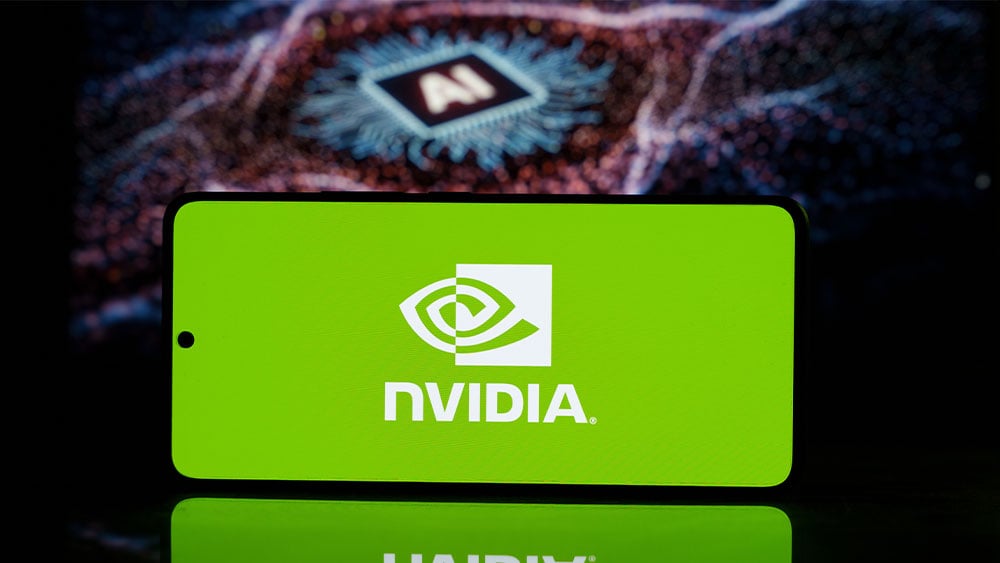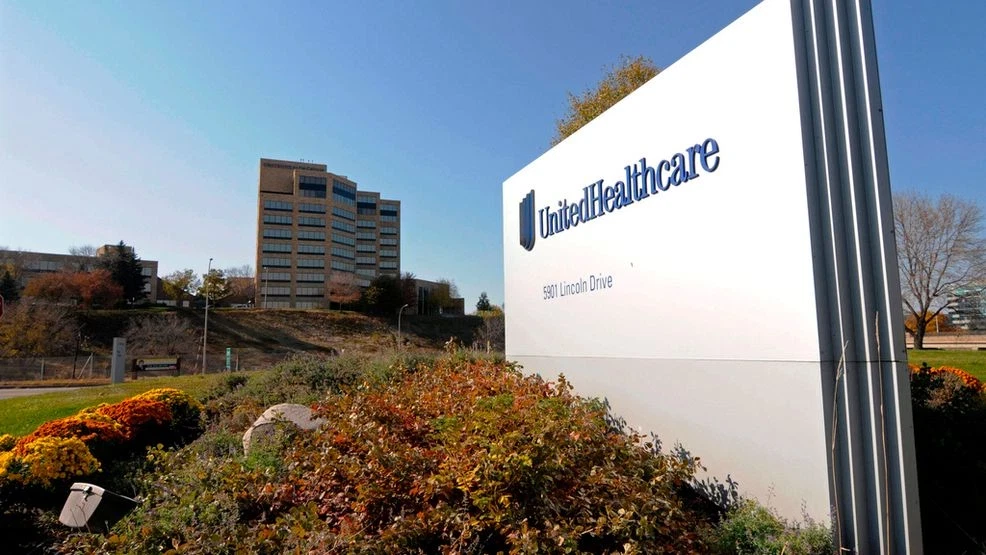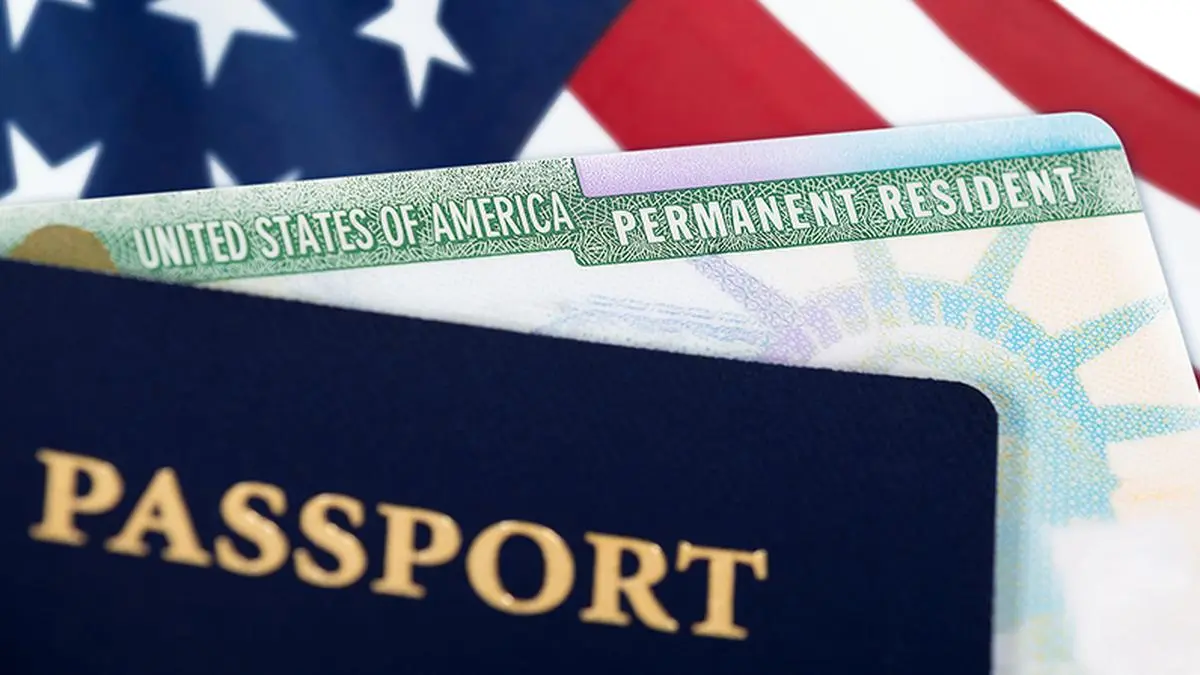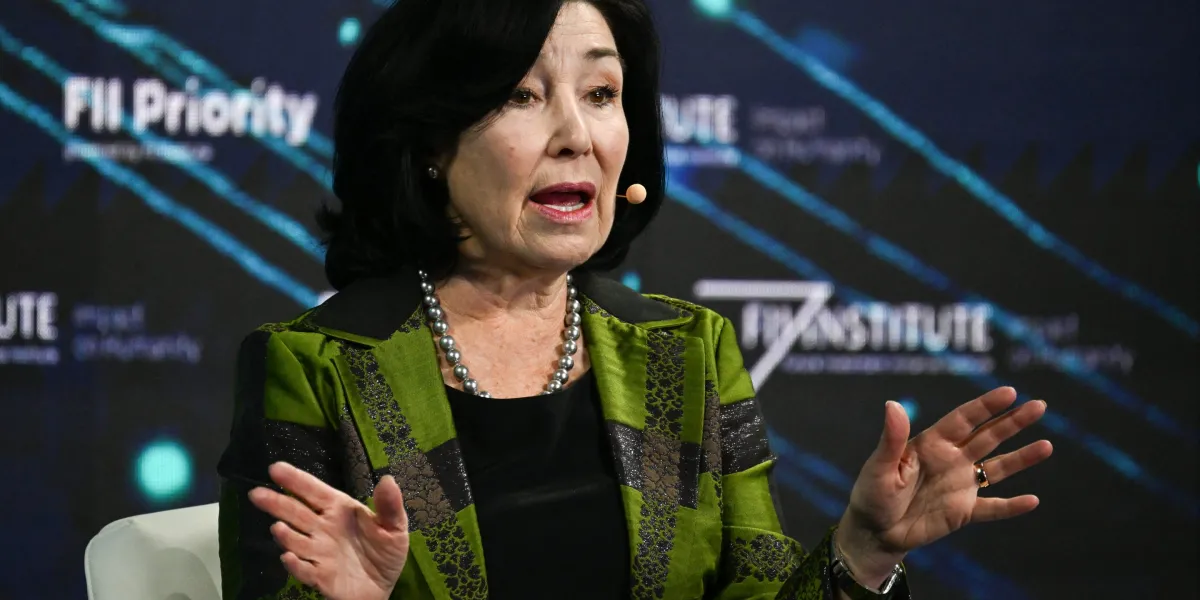Why hospitals and insurance companies are clashing over suspension of cashless medical treatment: What should health insurance holders do now?
By Riju Mehta
Copyright indiatimes

On 12 September, a ripple of fear went through the policyholders of Star Health & Allied Insurance. The Association of Healthcare Providers (India) (AHPI), the 15,000-strong representative of hospitals and healthcare institutions across India, threatened to withdraw cashless services for Star Health, starting 22 September.Income Tax GuideIncome Tax Slabs FY 2025-26Income Tax Calculator 2025New Income Tax Bill 2025A similar mix of panic and dread had run through the policyholders of Bajaj Allianz General Insurance and Care Health Insurance on 22 August, when AHPI had warned of suspending cashless services across northern India for these insurers. After a flurry of last-minute negotiations, the crisis had been averted.Girdhar Gyani, Director General of AHPI, had said at the time, “We urge all insurers to restore cashless services at member hospitals, as the disruption is placing an unfair financial and emotional burden on patients. They also need to engage with the member hospitals regularly to revise outdated rates, set up transparent grievance mechanisms, and respect clinical autonomy.”Among the hospitals’ grievances, the primary concern was the suspension of cashless services by some insurers in the preceding months. These included Niva Bupa Health Insurance, which removed Max Healthcare hospitals across India from its list of empanelled hospitals on 16 August, and Care Health, which took a similar action against Max hospitals in the Delhi-NCR region on 17 February.CASHLESS SERVICEHow does it work & what are the irritants?STEP 1Insurers tie up with hospitals, fixing rates or tariffs for treatment costs and services. These are its ‘network’ or ‘empanelled’ hospitals.IRRITANTHospitals want higher tariffs; insurers want lower rates.STEP 2Before or at the time of hospital admission, a preauthorisation form is submitted by policyholder, via the hospital, to insurer for approval. The form contains diagnosis, suggested treatment, and costs involved.STEP 3If insurer approves preauthorisation, the patient gets cashless facility. Insurer can question the line of treatment, medication and costs if not aligned with negotiated tariffs.IRRITANTRejection/reduction by insurer due to ‘excessive, unjustified’ medical treatment or costs, or other reasons.STEP 4During discharge, hospital sends bill and medical details to insurer/TPA for approval and clearance.STEP 5Insurer checks if cost heads, rates are aligned to sanctioned treatment, costs and tariff agreement. If not, it questions hospital, resulting in a back and forth, before an agreement is reached.IRRITANTHospitals say deductions are ‘arbitrary’. Insurers say bills exceed negotiated rates or policy limits (or other reasons).STEP 6Patient is discharged after insurer settles bill with hospital and policyholder pays any outstanding amount not covered by the insurer.IRRITANTBill may not be fully settled by insurer or patient.
GIRDHAR GYANIDIRECTOR GENERAL, ASSOCIATION OF HEALTHCARE PROVIDERS (INDIA)Note:“Of late, some insurance companies have started offloading hospitals from their panels. So hospitals are saying if insurers cartelise, we, too, can join hands and not do business with the insurance company.”This seemingly sporadic rash of suspensions of cashless services by both hospitals and insurers over the past few months has sent the policyholders into a tizzy. If cashless services are suddenly withdrawn, patients are forced to pay the hospital bills from their pockets and seek reimbursement from the insurance company later on. It is an inconvenience they have not paid for, nor anticipated. Why do they find themselves in the crosshairs of hospitals and insurers?Cashless conflict: Old & new triggersThough suspensions may appear scattered and unconnected, they spring from discontent and animosity that has been brewing between hospitals and insurers since Covid-19. The feud is not new and sparring over rates and delays has been internalised, even accepted, but the problem has come to a head now due to other factors.CARTELISATIONThe biggest grouse for AHPI has been the blacklisting of hospitals by insurers, who, in their defence, cite ‘unsustainable tariffs’ and ‘fraud and abuse of insurance money’. While insurers and hospitals have gone through this process of de- and relisting for a long time, this is the first time they have come together as a group to do so. In retaliation, the hospitals, led by bigger chains, have also decided to join forces under the banner of AHPI to confront the insurers.“Of late, some insurance companies have started offloading hospitals selectively from their panels, which shows high-handedness on their part. So hospitals are saying if insurers are going to cartelise, we, too, can join hands and not do business with the insurance company,” says Gyani.Max Healthcare agrees. “Insurers often drag their feet on renewing contracts or revising rates. In the present instance, Niva Bupa Health Insurance and some other insurers had sent proposals to us to further reduce rates, rather than addressing long-pending tariff revisions. Surprisingly, we received similar proposals even from insurers where no revision was due. This reflects a coordinated attempt at collective bargaining to drive down reimbursement rates,” says the hospital chain’s spokesperson.Niva Bupa’s Director & Chief Operating Officer, Bhabatosh Mishra, had said at the time of cashless withdrawal, “Our agreement with Max expired in May 2025, and while discussions on tariff revision, an annual process, have been ongoing, we were unable to reach a mutual agreement.“We need to understand that most rate agreements between hospitals and insurers are about to expire on 1 October. The hospitals have come together to make a noise because they felt it was a good time to strong-arm the insurers, ensuring there is no reverse negotiation and that rate revision only happens in the upward direction,” says a spokesperson for a health insurance company. Many of the experts ET Wealth spoke to chose to remain anonymous as the negotiations between hospitals and insurers are going on.TARIFF REVISIONSUnder the cashless arrangement, both hospitals and insurers come to an agreement on the rates to be charged for various procedures and services. These ‘tariff agreements’ are typically for a fixed duration. However, the quantum of rate revision is not specified, as it depends on various factors, such as medical inflation, advancements in technology, doctors’ salaries and enhancement in infrastructure or facilities.It has been 3-4 years since Covid-19 and negotiation of rates is due, which is a reasonable demand, but hospital rates are high even without revisions, claim insurers. AHPI disputes this, citing unprecedented technological advancements and manpower inflation. “Some insurers have not revised rates since 2017 and, in the past four years, technology has advanced, particularly in radiology, cancer treatment and robotics. Besides, super specialists are in short supply and great demand, commanding mind-boggling salaries,” says Gyani.Insurers, on the other hand, claim that hospitals not only increased their rates astronomically during Covid-19, but also do so erratically every year. “Every time the hospitals increase their prices, the losses go up for insurers, which have to be absorbed at a very primary level—premium change. This is the issue that the insurance industry wants addressed— to slow down the premium change. Of course, there will be an upward revision of rates because of inflation every year, but we don’t want it to be a ridiculously high 15-20%,” says the insurance company’s spokesperson.“Insurance is a highly regulated industry. We need similar regulatory oversight for hospitals and healthcare providers. At certain top hospitals, treatment costs are increasing by 15-20% annually. In addition, the variance in treatment costs at higher-end hospitals and average pricing is 50-100%. These trends directly affect patients and insurance premiums,” says the spokesperson for a standalone health insurer.Adds another spokesperson for an insurer that had delisted hospitals. “The reason we blacklist hospitals is simple. They charge atrociously high rates and we are not able to afford them. If an appendectomy costs Rs.30,000-40,000 in a regular, good hospital and they charge Rs.1-1.5 lakh for it, we will not be on board,” he says.DISTRUST, FRAUD & ABUSE“There has always been distrust between hospitals and insurers because there is a conflict of interest when it comes to money. One party wants to make money and the other wants to save it,” says Mahavir Chopra, Founder, Beshak.org. “There is abuse and wastage of insurance money, wherein insured patients are charged more, which causes distrust among insurers. However, insurers also delay payments, which inconveniences the hospitals,” he adds.Is PE funding brewing trouble?Private equity funding in many big hospitals has shot up in the past few years, with expectations of 20-30% returns, resulting in rising hospital costs.
Some hospitals try to make money through ‘soft fraud’. So, if a patient has health insurance, hospitals claim to have only super luxury rooms available and nudge them to opt for them. This means that if a patient has a sum insured of Rs.5 lakh and would typically pay Rs.5,000 or Rs.8,000 a night, he will end up spending Rs.20,000 a night. In cases of ‘hard’ fraud, some smaller hospitals falsify admissions and reimbursement claims. When insurer investigations reveal that there was no admission, the hospital is typically delisted.“Nearly 10% of insurance claim payouts are impacted by fraud and abuse. We engage with hospitals constantly to take corrective measures and action is taken only if protocols are repeatedly compromised,” says the standalone insurer’s spokesperson.PE FUNDINGAnother factor contributing to the rise in hospital costs over the past few years has been private equity funding. “Over the past 10 years, hospital ownership has changed hands and some of these are owned by foreign private equity companies. This has shifted the focus to earning higher revenue per bed as the hospitals need to show profitable growth,” says Chopra.“The average revenue per occupied bed (ARPOB) is a metric discussed in all big hospital board rooms because patient numbers are not going to spike suddenly, nor can they expand capacity overnight. So, there is a need for them to earn more money from the current set of beds,” says the insurance company spokesperson.Point-counterpoint: Hospitals vs InsurersHere are the main points of conflict in the current feud that is threatening seamless cashless service for policyholders.
This typically leads to overtreatment and overcharging by hospitals. So if a patient could have been released in four days, they are held back for five days; if a procedure costs an ‘x’ amount, 10 times that amount is charged. Hospitals disagree. “We strongly reject the allegation of overcharging as insurers pre-approve every single hospital bill before a patient gets discharged. Our tariffs are transparent, benchmarked against medical inflation, and are contractually agreed upon with insurers,” says the Max Healthcare spokesperson.
MAHAVIR CHOPRAFOUNDER,BESHAK.ORGNote:“In the past 10 years, hospital ownership has changed hands, and some are owned by foreign PE firms. This has shifted the focus to earning higher revenue per bed as they need to show profitable growth.”‘ARBITRARY’ DEDUCTIONSAnother AHPI grievance is ‘arbitrary deductions’ by insurers at the time of pre-authorisation or claim settlement. “Arbitrary deductions pertain to consumables, medicines and devices used by the treating doctors, robotic surgeries, and longer than planned hospital stay. Insurers often question clinical judgements and the use of medicines,” says the Max Healthcare spokesperson.However, insurers allege over-medication, over-treatment and overcharging for negotiated items or services, and some are not even covered by insurance. “Why is a Rs.80 box of glove charged at Rs.150? Why would a doctor require, say, 100 gloves a day? Why should a super specialist’s fee be added when he just happened to be on rounds and did only a blood pressure check?” asks the insurance company spokesperson.“While hospitals make money in the grey area between providing the best care and overbilling, insurers, too, can be arbitrary, using the ‘Reasonable and Customary Clause’ to protect from abuse. This clause allows them to deduct costs if hospitals charge higher rates than their grade or location, etc.,” says Chopra.Resolution in sight?Negotiations are currently underway between hospitals and insurers. A solution is imminent because both are a part of a codependent ecosystem, but whether it satisfies both parties is yet to be seen.“Collaboration is key to achieving this. Initiatives like the National Health Claims Exchange (NHCX) and common empanelment are vital steps toward streamlining access and improving healthcare delivery. A strong health regulator will further ensure alignment and accountability,” says Tapan Singhel, MD & CEO, Bajaj Allianz General Insurance, and Chairman, General Insurance Council.“This conflict and negotiations are good because though these may cause distress to the customers in the short term, they will benefit them in the long run as it will bring down premiums and cut claim deductions,” says Chopra.“The cost of healthcare is going up significantly and health insurance is a function of the cost of healthcare. If it keeps going up, we cannot passively continue to pass on the increase to the customer. One way to make health insurance more affordable is through common empanelment,” says an official of the General Insurance Council.Common empanelment and NHCX are aimed at standardising hospital costs, but bigger hospital chains are expectedly reluctant to join these. “While the idea of common empanelment/standardisation may appear convenient, it oversimplifies healthcare delivery. Two hospitals may provide the same treatment, but the quality of outcomes, safety standards, and infrastructure can be vastly different,” says the Max Healthcare spokesperson.While insurers are pushing for a hospital regulator, bigger hospitals are not too keen. However, Gyani of AHPI is confident he will win them over. “If you talk to hospitals separately, they will say they don’t want a regulator, but I’m trying to convince hospital leaders that it will be in our interest to have one. If the regulator is an independent body like IRDAI, where there is no government control, they will be able to work out the costing judiciously,” he affirms. “I am confident I will be able to bring them to the table,” he adds.What should you do?While policyholders have no role in the resolution of the conflict, they can financially prepare for the impending uncertainty regarding cashless services. To avail of reimbursements, they will need to dole out large amounts of cash upfront. Hence, they should keep a separate buffer for medical emergencies, especially for patients with medical history, impending procedures or ongoing treatments. Even for those without any immediate, planned hospitalisations, it’s best to have at least Rs.4-5 lakh kept aside for this purpose. If you need to redeem some investments, do so.Second, if your insurer has earmarked a particular hospital or region for the suspension of cashless option, try to identify other hospitals in its network that you can move to in case of an emergency. Third, you could keep an eye out for hospitals blacklisted by insurers by checking for a list of such hospitals on the insurer’s website.



